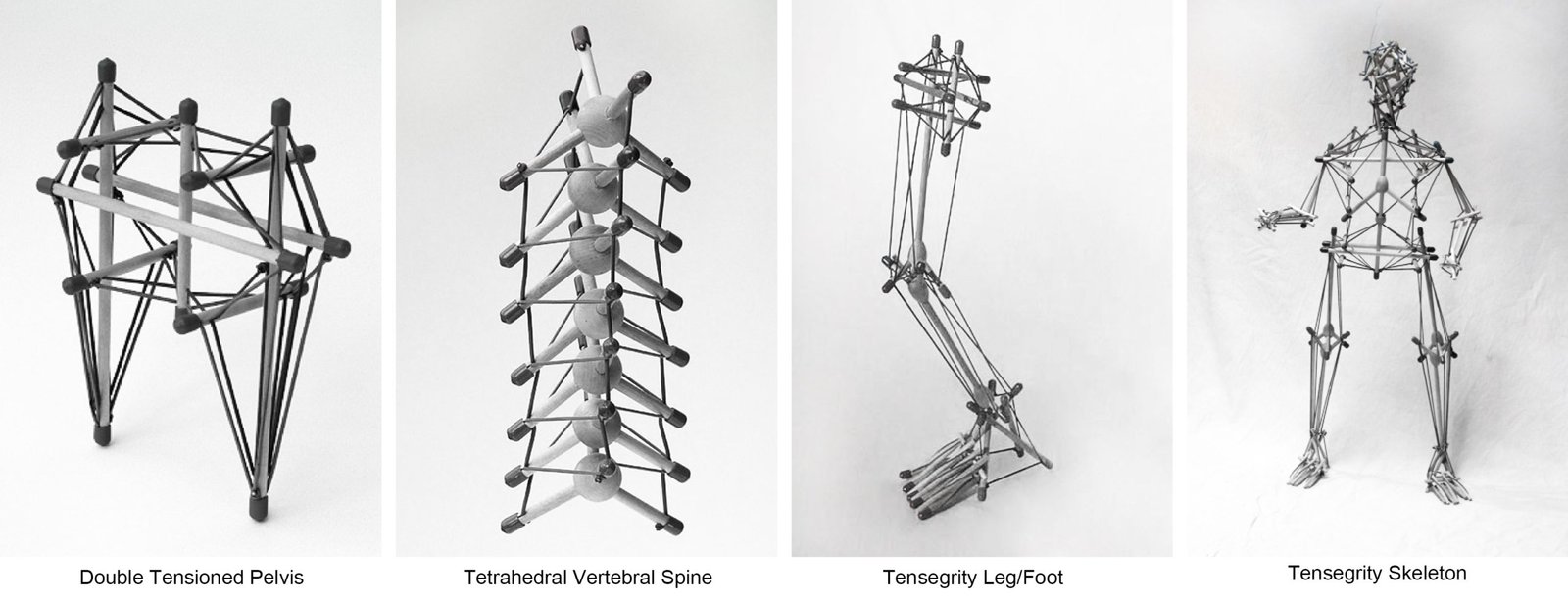This aspect comprised of two opposite qualities:

expand – become or make larger or more extensive
open
relax
lightness
fire
flow
yang
condense – make something denser or more concentrated
close
stress-tension
pressure
gravity
resist
yin
Expanding and condensing happen everywhere and all the time.
It affects all of us, whether we are aware of it or not.
But let me assure you, that awareness of this aspect in any part of being will open for you new dimensions of understanding and freedom.
A myofascial body is mostly our fasciae, muscles, and tendons. Of course, we cannot separate from its bones, organs and rest of the body. It put the whole body together.
A fascia is a sheet of connective tissue beneath the skin that attaches, stabilises, encloses, muscles and internal organs.

Quality makes our soft tissue (especially fasciae) larger or more extensive.
Direction to expand:
1) From the ground to the sky.
2) From the centre to the periphery, or away from the body. It could be from the core, ming men, knee etc. towards fingers and toes, or further. Knowingly can also expand our organs like lungs, a bladder (useful when you need and cannot urine) etc.
3) 90° from the bone to the skin surface, or further.
Quality makes our soft tissue (especially fasciae) denser or more concentrated.
Direction to condense:
1) To the ground.
2) From the periphery of the body (or space around) to the centre. It could be from fingers and toes towards the core, dan tian etc. Knowingly can also condense our organs like lungs, a bladder etc.
3) 90° from the skin surface, hairs (or space around) to the bone.

Stretching is mechanically flexed or stretched muscles, tendons and fascias using by a skeleton.
Muscles, tendons and fascias are passive, don’t demand your attention.
Expanding is a mental action, with a physical effect on the myofascial complex. It demands your attention
We can integrate expanding and condensing tissue into our stretching to make it more efficient.
Fasciae exhibit different qualities depending on your emotional state.
In a state of fear, the fasciae condense.
When you are happy, the fasciae often expand.
We can control the fascia actively by becoming aware of their quality.
We can add expanding fascia tissue from the other side of the arm to the regular muscle contraction.
Plus, we can add a third source of power which are the condensing fasciae to the muscle contractions and the expanding fasciae.
You can combine the muscle and fasciae powers into One united, efficient movement.
Using less muscle power, you become more efficient, and you create less undesirable tension.
A liquid quality of the body allows us to accumulate and store kinetic energy.
The power of the expanding and condensing fasciae is the secret of ‘the superhuman power’ that Systema and Chi Kung masters demonstrate.

In essence, there are two biomechanical systems that maintain our posture:
Tensegrity helps to hold your bodyweight. Functional tensegrity allows for less pressure to your discs, vertebrae & joints.

Let’s see what Thomas Myers says about tensegrity:
The power of expanding is the power on which our tensegrity based.
Veda strengthens our tensegrity.
Expanding higher reduces pressure on discs and joints. We can fly..!
To be aware of the mentioned qualities, we develop our senses, especially internal feelings of kinesthesia and proprioception, which massively affect the intensity of life.
When you feel better, you enjoy your movement more!!
Vision is probably the closest physical aspect linked with our mind.
It follows that perhaps vision is a helpful tool to switch between focused and expand awareness.

Focused vision leads to focused awareness.

Peripheral vision leads to expanded awareness.
With focused (tunnel) vision, you can see sharp details of a small point. Your view is narrower. Your attention flows to the point.
With (expanded) peripheral vision everything is a bit blurred, but your view is much wider. Your attention expands – you are able to work with more perceptions/impulses.
Focused vision is good when you need to focus on one thing (e.g. one arm, one ball or one body). The problem arises when you try, with a focused vision to keep track of more than one object e.g. 3 limbs, 8 balls or a crowd of people. Peripheral vision is much more suitable for multitasking. You have much better spatial awareness in the expanded vision mode.
Our awareness and attention are not so straightforward; we cannot simply deposit them into a dual system. In order to explain it, we simplify them in a spectrum between focused and expanded awareness, from which gush forth focused and expanded attention.
Nowadays, when we use the term ‘attention’, we usually mean ‘focused attention’…
Focused awareness – logical thinking is a great tool for tactics, plans and strategy, but not the best tool for initial reactions. In focused awareness, we perceive the world in a more linear fashion, in fragments.
Focused awareness is analysing the past and planning for the future.
In expanded awareness we are not thinking, we just flow at the moment. Therefore we are more sensitive, we process information quicker from our senses (we feel more and see kinetic energy, rhythm, we have better spatial awareness), we, therefore, can be more effective at multitasking. Our reactions are quicker, natural – more instinctive. We are opening up our intuition.
Expanded awareness is great for creative activities, e.g. dance, play, making love, combat, sports etc.
In expanded awareness, we perceive the world holistically as one unit.
The difference between holistic and fragmental perception is well demonstrated in this illustration: the difference between bitmap and vector method on how to make a circle…
Develop the power of expanding and condense:
Read more: